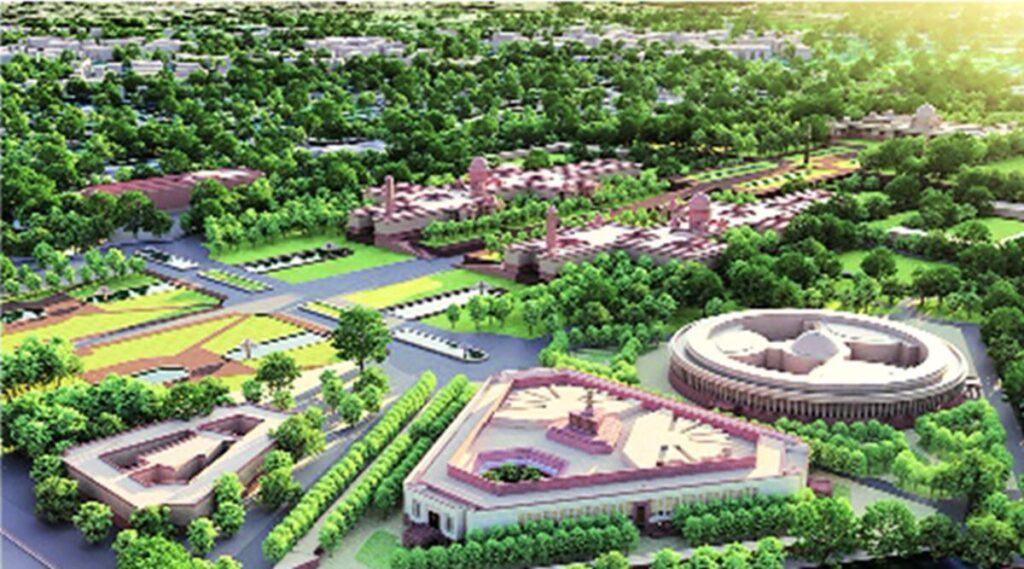
The goal of the new Central Vista’s plantation will be to “keep it as close to the original Lutyens’ Delhi” plan as possible, according to designers and architects working on the project.
The new plantation scheme has been designed to replicate the British design for the Capital in 1912, according to environmentalist and author Pradip Krishen, who is advising the designers in the Central Vista redevelopment project. It will also correct mistakes made by the city’s horticulture departments over the years.
According to Krishen, only 13 tree species were originally chosen to line the avenues of Lutyens’ Delhi, but the number was later increased to 16.
“The criteria were that the shape and the size of the trees chosen for that particular avenue should be just right in order to frame the feature they were facing. Three things were kept in mind: they had to be the right size, they had to be evergreen and they should not be common. That was the reason why species that the Mughals preferred, such as mango, or shisham did not find space in the avenue scheme,” Krishen explained.
Lutyens’ plan included around 450 trees, at least 385 of which were rai-jamun trees. However, there are now at least 3,200 large trees in the area (4,000 if the smaller ones and shrubs are included). According to a spokesperson for HCP Design Planning and Management Private Limited (HCP), the firm in charge of the project design, there are approximately 1,080 rai-jamun trees. According to the spokesperson, 21 of these are being transplanted to make room for public amenities such as toilets.
To be sure, trees of this size are rarely replanted successfully.
According to historians, Lutyens originally designed this section of Delhi with all streets intersecting at right angles. However, this was later changed to account for the dusty Delhi climate. As a result, trees, hedges, and even roundabouts were meticulously designed to provide protection from seasonal dust storms.
As an advisor to the Central Vista project, Krishen stated that he has attempted to preserve as many of Lutyens’ original patterns as possible. He added that the new design could correct previous plantation work done by the Central Public Works Department and the New Delhi Municipal Council.
For example, the plantation of jamun trees had an original grid plan. Only around 385 jamun trees were used in the “diamond grid” design, which was planted in a diamond-like pattern.
“The draft plan for the plantation at Central Vista Avenue is likely to be a more populated criss-cross grid, similar to Lutyens’ pattern, which aims to preserve as many of these trees as possible without needing to transplant them,” the HCP spokesperson added.
“ Many of the jamun trees are already at the end of their life cycles and are likely to die over the next two decades. So when they die, what should come up in that space? Should it be left alone? We’re trying to come up with a planting plan based on Lutyens’ cross pattern,” the spokesperson said



